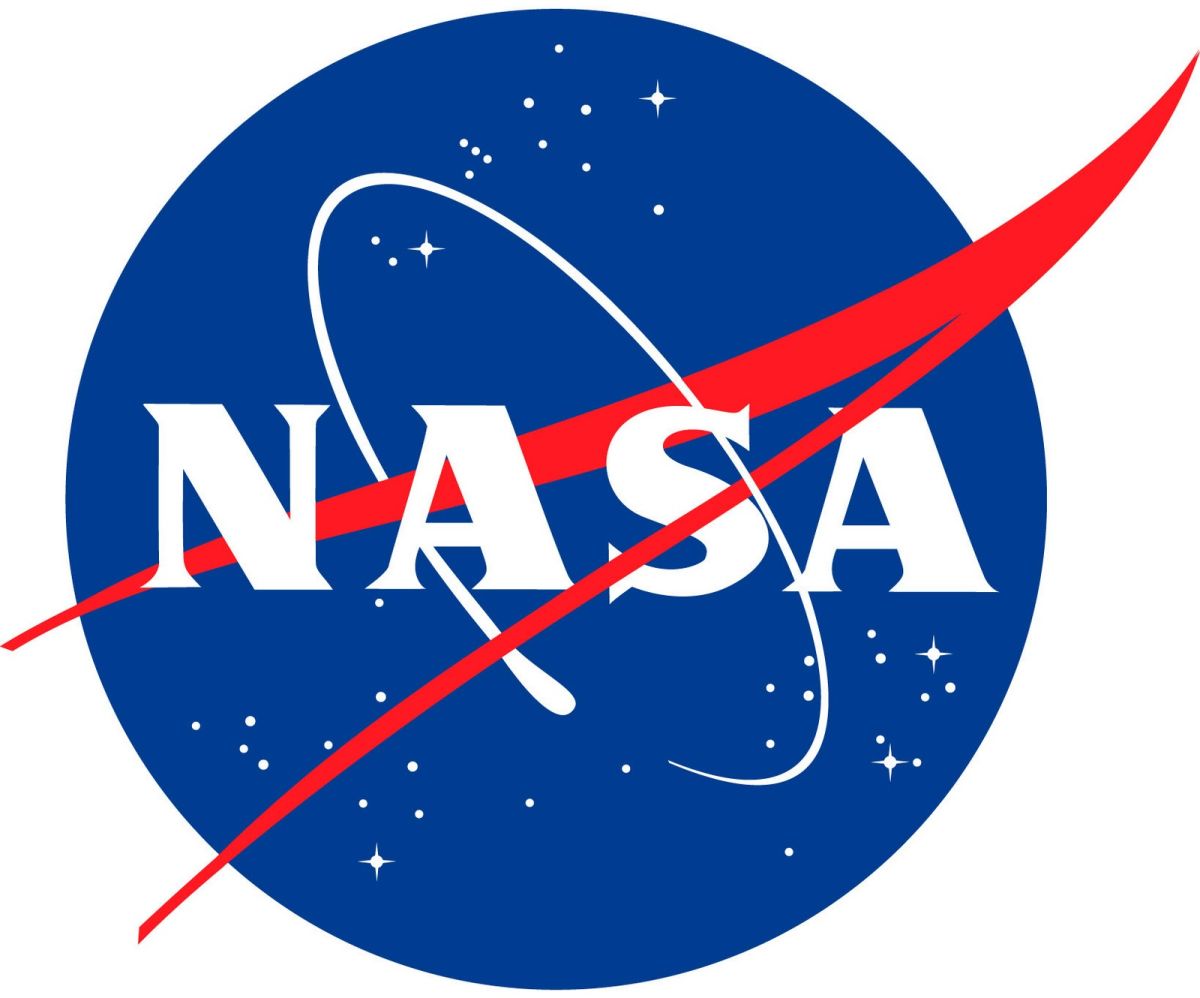NASA Receives More Than $19.6 Billion in 2017 Omnibus Spending Bill

WASHINGTON — A long-overdue fiscal year 2017 spending bill unveiled early May 1 will provide NASA with $19.65 billion, more than $600 million above the original request for the agency by the previous administration.
The omnibus spending bill, released by congressional appropriators after extended negotiations, provides more money overall for the agency than earlier House and Senate bills, including significant increases for exploration programs and planetary science. It also funds programs that the Trump administration seeks to cancel or restructure in its 2018 budget proposal.
The $19.653 billion NASA receives in the bill is $628 million above the original request for the agency in the Obama administration's final budget request in February 2016. It is $368 million above the $19.285 billion NASA received in fiscal year 2016.
The biggest winner in the spending bill is NASA's exploration program, which gets $4.32 billion, nearly $1 billion more than the original request but similar to what the House and Senate offered in their bills last year. That total includes $2.15 billion for the Space Launch System and $1.35 billion for Orion. [NASA and Trump: The 1st 100 Day (Video)]
The report accompanying the spending bill allows NASA to use exploration funding to support technologies such as advanced proposal, asteroid deflection and grappling systems intended for use on the Asteroid Redirect Mission (ARM), provided they "not distract from the overarching goal of sending humans to Mars." The Trump administration's fiscal year 2018 budget blueprint, released March 16, announced plans to cancel ARM.
Science programs will receive $5.76 billion in the spending bill, above both the requested $5.6 billion and lower levels in the House and Senate bills. Planetary science wins a large increase, to nearly $1.85 billion, well above the 2017 request of $1.52 billion and the $1.63 billion it received in 2016. That total includes $408 million for the Mars 2020 rover mission, including language directing NASA to add a small helicopter technology demonstration to the mission as long as it does not delay the mission's launch.
That planetary science funding also includes $275 million for Europa missions, both the Europa Clipper multiple flyby spacecraft and a proposed lander. Language in the bill requires NASA to launch Europa Clipper no later than 2022 and the lander no later than 2024, although NASA officials have recently said they don't expect the lander mission to be ready for launch until at least 2025. The Trump administration's 2018 budget blueprint supported Europa Clipper but included no funding for a Europa lander.
Get the Space.com Newsletter
Breaking space news, the latest updates on rocket launches, skywatching events and more!
NASA's Earth science program, the subject of potential cuts, received $1.92 billion, the same as it received in 2016 but less than the $2.03 billion sought by the Obama administration. That funding includes $90 million for Pre-Aerosol, Clouds, and Ocean Ecosystem, or PACE, mission, which the Trump administration targeted for cancellation in its 2018 budget blueprint.
NASA's space technology program receives $686.5 million in the bill, the same as it received in 2016 but less than $826.7 million requested by the Obama administration. Of that, $130 million is set aside for the Restore-L satellite servicing project, which the Trump administration said in its 2018 budget blueprint that it seeks to restructure, calling it "duplicative."
Space operations, which includes the International Space Station and related projects, receives $4.95 billion in the bill, the same as the Senate offered in its bill but $125 million less than requested. Commercial crew, part of space operations, will receive $1.185 billion, the same amount as requested.
The bill also provides $100 million for NASA's Office of Education, the same as the original request. The Trump administration, in its 2018 budget blueprint, seeks to close the office and focus NASA's educational activities through programs in the science mission directorate.
The full omnibus appropriations bill, which funds other federal government agencies besides NASA, was released exactly seven months into the 2017 fiscal year. Those agencies had been operating under continuing resolutions (CRs) that funded programs at 2016 levels. The latest CR, passed April 28, provided a one-week extension until May 5 to give appropriators time to finalize the omnibus bill.
| SCIENCE | $5,589.4 | $5,600.5 | $5,764.9 |
| – Earth Science | $1,921.0 | $2,032.2 | $1,921.0 |
| – Planetary Science | $1,631.0 | $1,518.7 | $1,846.0 |
| – Astrophysics | $730.6 | $781.5 | $750.0 |
| – JWST | $620.0 | $569.4 | $569.4 |
| – Heliophysics | $649.8 | $698.7 | $678.5 |
| SPACE TECHNOLOGY | $686.5 | $826.7 | $686.5 |
| AERONAUTICS | $640.0 | $790.4 | $660.0 |
| EXPLORATION | $4,030.0 | $3,336.9 | $4,324.0 |
| – SLS | $2,000.0 | $1,310.3 | $2,150.0 |
| – Orion | $1,270.0 | $1,119.8 | $1,350.0 |
| – Ground Systems | $410.0 | $429.4 | $429.0 |
| – Exploration R&D | $350.0 | $477.3 | $395.0 |
| SPACE OPERATIONS | $5,029.2 | $5,075.8 | $4,950.7 |
| EDUCATION | $115.0 | $100.1 | $100.0 |
| SAFETY, SECURITY, AND MISSION SERVICES | $2,768.6 | $2,836.8 | $2,768.6 |
| CONSTRUCTION | $388.9 | $419.8 | $360.7 |
| INSPECTOR GENERAL | $37.4 | $38.1 | $37.9 |
| TOTAL | $19,285.0 | $19,025.1 | $19,653.3 |
This story was provided by SpaceNews, dedicated to covering all aspects of the space industry.
Join our Space Forums to keep talking space on the latest missions, night sky and more! And if you have a news tip, correction or comment, let us know at: community@space.com.

Jeff Foust is a Senior Staff Writer at SpaceNews, a space industry news magazine and website, where he writes about space policy, commercial spaceflight and other aerospace industry topics. Jeff has a Ph.D. in planetary sciences from the Massachusetts Institute of Technology and earned a bachelor's degree in geophysics and planetary science from the California Institute of Technology. You can see Jeff's latest projects by following him on Twitter.

